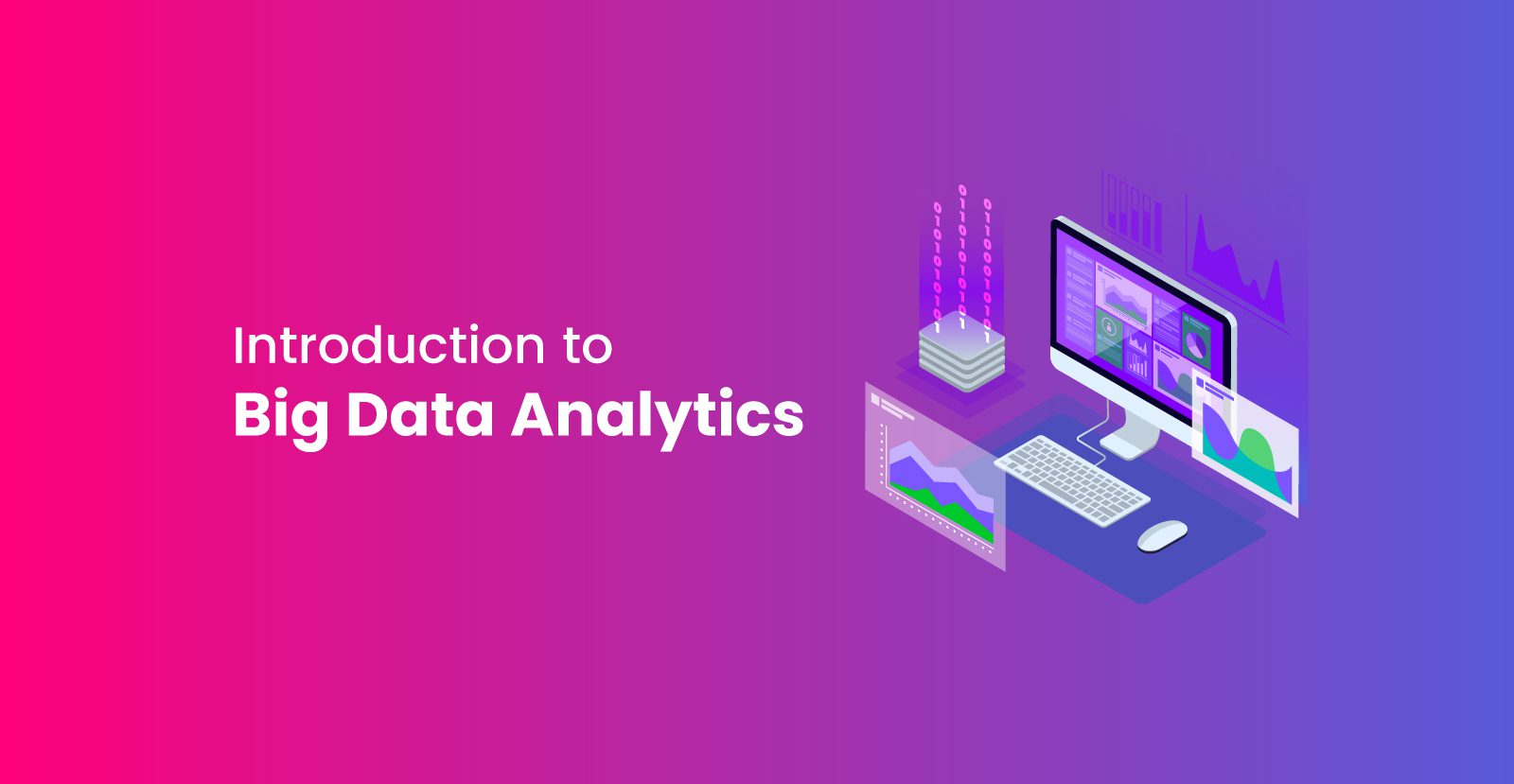In today’s digitally connected world, data is being generated at an unprecedented rate. Every time we browse the web, make a purchase online, or interact with social media, we leave behind a digital footprint. This vast amount of data holds valuable insights that can revolutionize businesses and drive informed decision-making. Welcome to the fascinating world of big data analytics, where we uncover patterns, trends, and correlations that were previously hidden from view. In this blog, we will be going deep into the introduction to Big Data Analytics.
What is Big Data Analytics?
Big data analytics is the process of examining large and complex datasets to extract meaningful insights and discover patterns, trends, and associations. It involves employing advanced techniques and technologies to analyze structured and unstructured data from various sources, such as social media, sensors, mobile devices, and more. The goal is to gain a deeper understanding of customer behavior, market trends, operational inefficiencies, and other critical aspects that can drive business growth and innovation.
The Three V’s of Big Data
To understand the essence of big data analytics, we need to explore the three V’s that define it: volume, velocity, and variety.
- Volume: The volume of data generated daily is mind-boggling. To put it into perspective, consider this: According to IBM, approximately 2.5 quintillion bytes of data are created each day. This data comes from a myriad of sources, including social media platforms, e-commerce websites, and IoT devices. Big data analytics enables us to handle this enormous volume of information and extract meaningful insights.
- Velocity: Data is generated in real time and at an incredible speed. For instance, think about the tweets, status updates, and online transactions happening every second. Big data analytics allows us to process and analyze this data quickly to capture time-sensitive insights and make informed decisions promptly.
- Variety: Data comes in various forms and formats, including structured, semi-structured, and unstructured data. Structured data refers to organized and easily searchable information, like customer details in a database. Semi-structured data, such as social media posts or emails, has a loose structure. Unstructured data, like images, videos, or text from blogs, lacks a predefined format. Big data analytics helps us make sense of this diverse data landscape by employing advanced algorithms and tools.
The Importance of Big Data Analytics
- Enhanced Customer Insights: Big data analytics enables businesses to gain a deeper understanding of their customers. By analyzing vast amounts of customer data, including purchase history, online behavior, and demographic information, companies can personalize their marketing campaigns, improve customer experiences, and boost customer satisfaction and loyalty.
- Data-Driven Decision-Making: In today’s competitive landscape, data-driven decision-making is crucial. Big data analytics equips organizations with the ability to make informed decisions backed by real-time insights. For instance, by analyzing market trends and customer preferences, businesses can optimize their product offerings, identify emerging markets, and stay one step ahead of the competition.
- Operational Efficiency: Big data analytics helps identify operational inefficiencies and bottlenecks within an organization. By analyzing data from various sources, such as supply chain systems, production lines, or employee performance, companies can optimize processes, reduce costs, and enhance productivity.
- Predictive Analytics: One of the most powerful applications of big data analytics is predictive analytics. By leveraging historical data and advanced algorithms, businesses can forecast future trends, anticipate customer behavior, and make proactive decisions. For instance, retailers can predict demand patterns to optimize inventory management or insurance companies can assess risks to determine premiums accurately.
Real-World Examples
Let’s look at a couple of real-world examples that demonstrate the power of big data analytics:
- Netflix: Netflix, the popular streaming service, leverages big data analytics to provide personalized recommendations to its users. By analyzing viewing history, preferences, and user ratings, Netflix suggests movies and TV shows tailored to each individual’s taste. This personalization has been instrumental in driving user engagement and loyalty.
- Uber: Uber utilizes big data analytics to optimize its ride-sharing platform. By analyzing factors such as demand patterns, traffic data, and driver availability, Uber can predict surge pricing, minimize wait times, and ensure efficient routes, resulting in a seamless experience for both drivers and riders.
Conclusion
Big data analytics has revolutionized the way businesses operate and make decisions. By harnessing the power of big data, companies can gain valuable insights, drive innovation, and stay ahead in the competitive landscape. Understanding the three V’s of big data—volume, velocity, and variety—is key to unlocking the full potential of data analytics. As we continue to generate and collect vast amounts of data, the role of big data analytics will only grow in importance. So, embrace the world of big data analytics and embark on an exciting journey of data-driven discoveries!



Please enter input field